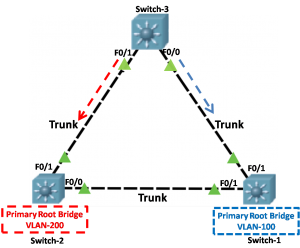What is PVST+ Load Balancing? – Exclusive Explanation
Network load balancing is the technique to manage traffic across a network without the use of complex routing protocols such as BGP. Network Load Balancing divide load across multiple links, which use the network resources more efficiently and avoid network overload. Load balancing may be accomplished through software or hardware. Now, look at the topology […]

